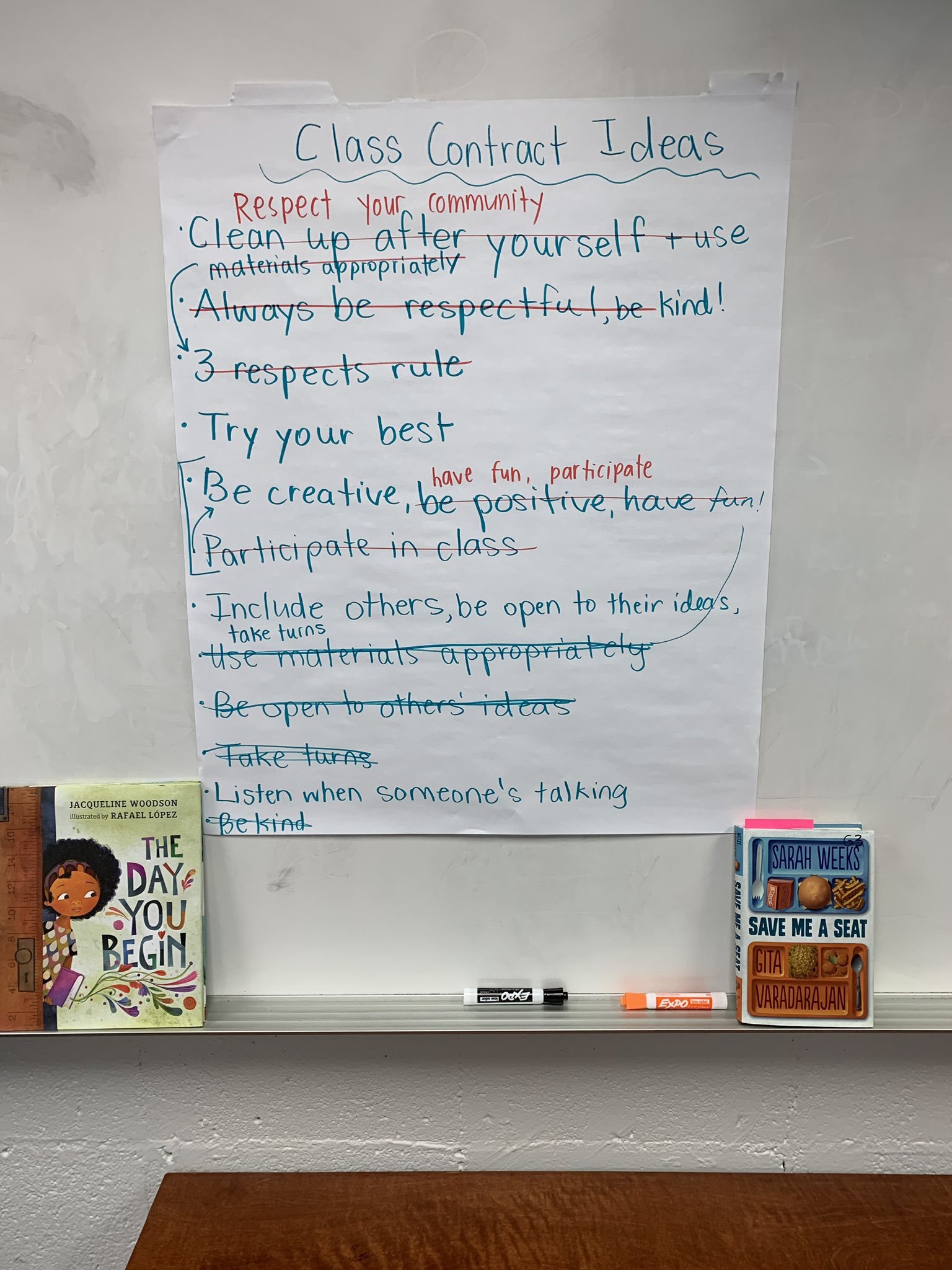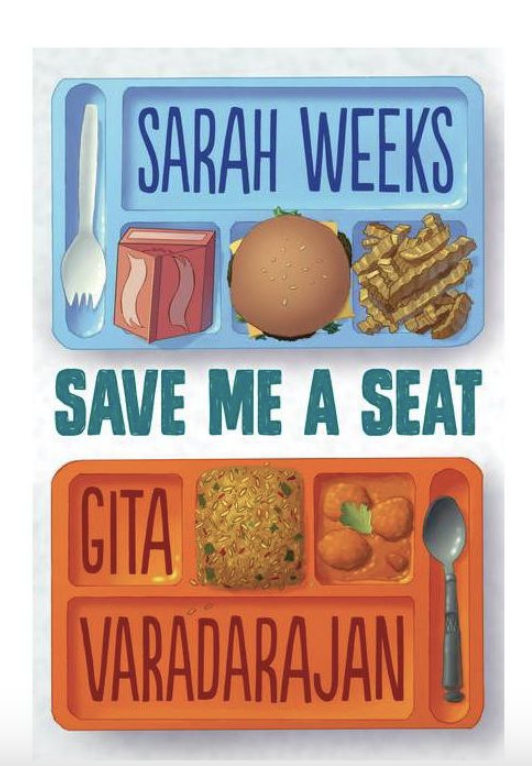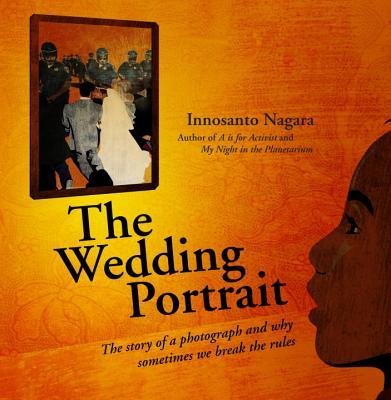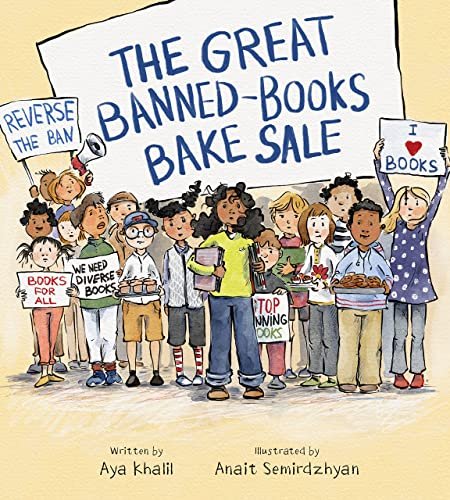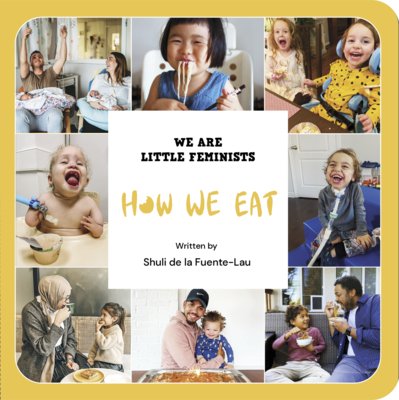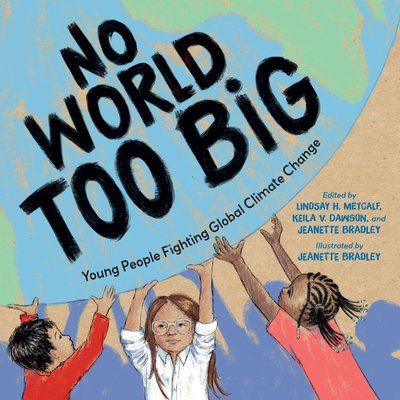Creating Classroom Contracts or Community Agreements
This wonderful piece by the inspirational Carla Shalaby: Are We Teaching Care or Control? inspired me to write about class contract creation. I prefer “class contract” or “community agreements” over saying rules as rules feel more draconian and compliance focused, while agreements or a contract as a community emphasizes how we are all working together and sharing accountability for OUR community and space. For a deeper discussion about compliance vs care, we’ve used The Wedding Portrait (listed below).
I am out of the classroom for another year, so won’t be putting these ideas to work just yet. Here is a post from 2018 back in the days when Gabby and I were co-teaching: Creating Our Class Contract!
Some essential components of class contract creation for me are hopes and dreams or some type of reflection and goal setting, multiple read alouds, and starting with students’ ideas about what would make them feel safe and ready to learn at school.
This photo from 2019 (with a different, also phenomenal co-teacher) shows how we wrote down students’ ideas and then combined them into a few “broader” statements. I firmly believe in writing down every suggestion even if they are oddly specific (a first grader once stated “Don’t kick anyone on the elbow!”). The reframing, summarizing, and reorganizing will come later. My former first grade student may have been kicked on the elbow and it was important for him to see me write it down and validate his contribution, even if we all later agreed that idea fit under a broader concept like keeping each other safe or respecting your own space.
It’s also important to emphasize that this agreement or contract is something you all are creating together as a class. I have always allowed students to suggest how we want to share, express, and create the physical contract after we have agreed upon the 4-5 things we all will work together to do for ourselves and each other. Students usually want to have the contract displayed, but often choose to create art to go with it - we have had foil sculptures, comic strips, poems, a class song, and more. My students always wanted to sign their names as well (especially in 3rd grade when we had fancy metallic Sharpies and were learning to write in cursive!) and invite other adults in the building to sign too.
We also tried to think about our larger school community outside our classroom. One way we did this more tangibly was our hallway investigation! First, we talked about how we wanted to move through the hallway safely and with consideration for others. One afternoon, we sent students out to conduct (pre-arranged) interviews with adults in the building about what worked for them in the hallway. Students thought of questions beforehand, wrote them down on paper, and armed with clipboards, headed out in groups of 2-3 to conduct their interviews. They came back with what they had learned and we thought about how we could use our knowledge to make sure we were being respectful of others when we moved through the hallway. Sometimes students would reference a quote from a member of staff - “Let’s whisper because remember how Ms. – has a hard time answering the phone if it is too loud!” to remind us to reset before we headed out the door. This type of investigation can be applied to any space or practice!
Sometimes vague or abstract statements can be hard for students to conceptualize. Giving students opportunities to reflect on what the contract statements mean for them either through role playing, drawing, writing, or some other form of expression they chose can help especially with younger, more concrete learners. Teachers can also enlist other adults to help with role playing or use examples from books or video clips to have a class discussion.
Books for reading aloud throughout this process:
For creating Hopes and Dreams:
Miss Rumphius by Barbara Cooney: I still have my childhood copy of this book, so that part is always a big hit with students. Such a classic, lovely story - also a great Earth Day (or everyday) read.
Jabari Jumps by Gaia Cornwall: kids love this book and find it so relatable! There is a sequel now too, but I haven’t gotten to read it yet. Great mentor text, goal setting inspiration, and overall fun read.
The Curious Garden by Peter Brown: I actually met Peter Brown at a reading for The Curious Garden so my students always love hearing about that detail. They also love tracking the garden’s growth through the book and the beautiful illustrations and story. Another great Earth Day/every day read!
For asking: What kind of community do we want to create together?:
Save Me a Seat by Gita Varadarajan and Sarah Weeks is a chapter book, so a longer time commitment for a read aloud, but so worth it! Also, the lunch theme and the descriptions of food are what I needed to get through the beginning of the school year. Read about how we used it here. And read it, or at the very least, recommend it to your students!
The Day You Begin by Jacqueline Woodson is such a gorgeous book in every way possible.
My Name by Supriya Kelkar: as I said in a previous post, I have been waiting for this book all my life! It is so perfect for back to school and community building, but also just a beautiful story that resonates with all kids.
The Wedding Portrait by Innosanto Nagaro: use this book to talk about when is it okay to break rules? Also great to tie in to protests and the purpose of our class contract.
Funny “example” books:
No, David! By David Shannon: my toddler is currently obsessed with this book and we read it ALL THE TIME. I had forgotten how delightful it is and how much kids love “reading” it on their own. When I was a student teacher in first grade, my mentor teacher used it with our class to talk about how it feels when someone keeps saying no no no to you and why we want to try to frame our rules as what we are all trying to do together. It was masterful and really resonated with and amused the students.
Let Me Finish by Minh Le (Minh and I taught in the Marshall Islands at the same time and went to the same college, so that is always something my students love to hear about and of course we have to look at a map.) It is impossible to get through without students erupting into laughter. It takes far longer to read than you anticipate as the laughter will be so loud that you will have to wait (and you will need to stop laughing) to continue through the book. Great way to talk about respecting others wishes and different perspectives.
Interrupting Chicken by David Ezra Stein is another very funny story that is a real hit with students. Use it for introducing participation norms, being a good listener, dealing with frustration - so many applications!
Happy community building!
